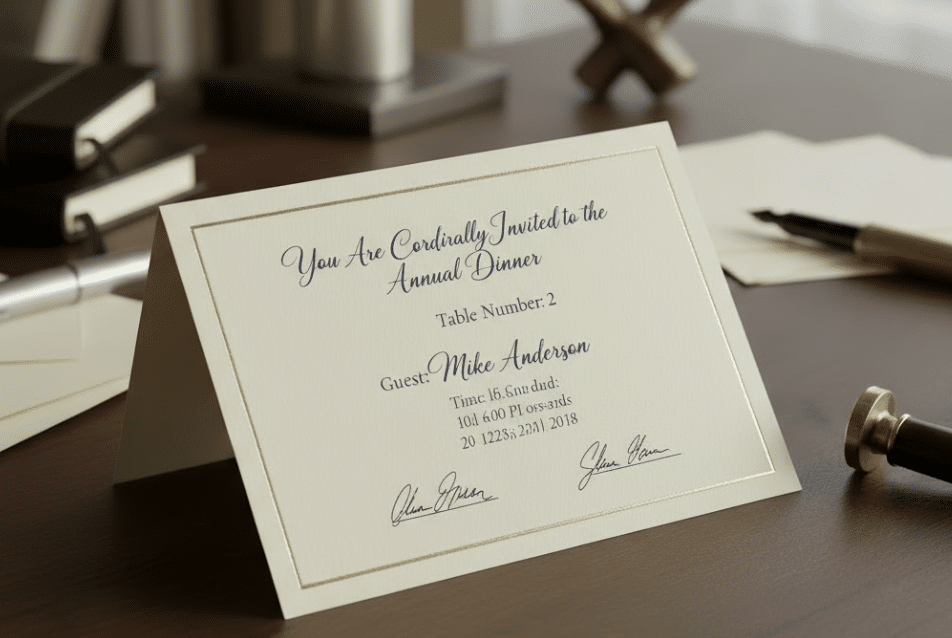Sending event invitations and confirmations via email the right way is still one of the most important ways to reach your audience, but with inboxes flooded daily, your emails need to be recognized and meet specific requirements of event emails. A well-crafted event email ensures high open rates, engagement, convenience for guests and finally smooth check-in. Here’s how to structure the perfect event email based on best practices and key considerations.
1. Sender Name
Use a recognizable sender name (e.g., “Team [Your Company]” or “[Event Host’s Name]”).
Avoid overly long or generic names (e.g., full company names often get cut off in most email clients).
2. Clear Subject Line with Event Name
Keep it concise and action-oriented.
Example: “{Confirmation}: [Event Name] on [Date]” or “RSVP Now: [Event Name] – Limited Spots!”
3. Mobile-First Design
Over 50-80% of emails are opened on mobile -optimize accordingly.
Use a responsive template with:
Large, clickable buttons
Legible font sizes (minimum 14px for body text)
A banner that’s not too small (should be visible without zooming)
4. QR Code Above the Fold
Place the QR code near the top so users don’t have to scroll.
Ensure it’s scannable on both light and dark mode.
Pro Tip: Include a backup link in case images are blocked.
Read more here: QR Codes for events – how it’s done right.
5. Personalized Greeting
Use the recipient’s name (e.g., “Hi [First Name]”).
If possible, add personalized details (e.g., “As a VIP member, we’d love to see you there!”). Or if confirmed, add the guest’s table number into the reminder emails for more personalization.
6. Dark Mode Visibility
Test your email in dark mode to ensure readability.
Avoid pure black backgrounds, if you need to use backgrounds, use dark gray for better contrast.
7. No Attachments, Use Links Instead
Attachments can trigger spam filters. Instead:
Link to a PDF on your website (e.g., “Download the event agenda here”).
Direct users to a landing page for more details.
8. Fallback for Blocked Images
Some email clients block images by default.
Add alt text for images and a text-based link to the QR code (e.g., “Can’t see the QR code? Click here to display in your browser”).
Finally: The Importance of Domain Authentication
For maximum deliverability and professional appearance, always send your event emails from your own authenticated domain. This means setting up proper SPF, DKIM, and DMARC records to verify your emails aren’t marked as spam. If you’re using an email service provider or event management software with integrated email sending capabilities, make sure it allows you to send from your own domain.
Final Checklist Before Sending:
✅ Sender name is short and recognizable
✅ Subject line includes the event name
✅ QR code is above the fold + backup link
✅ Mobile-optimized (test on multiple devices)
✅ Personalized greeting (if possible)
✅ Dark mode tested
✅ No attachments—only links
✅ Fallback text for images/QR code
✅ Sent from authenticated domain
By following these best practices, your event email will be clear, engaging, and effective, leading to higher attendance and a smoother experience for your guests.
Need a professional email builder to create and send stunning event invitations?
For a seamless design experience, try Check-in Pax. Our drag-and-drop editor makes it easy to implement all these best practices, from QR codes to mobile-first layout, without any coding.



